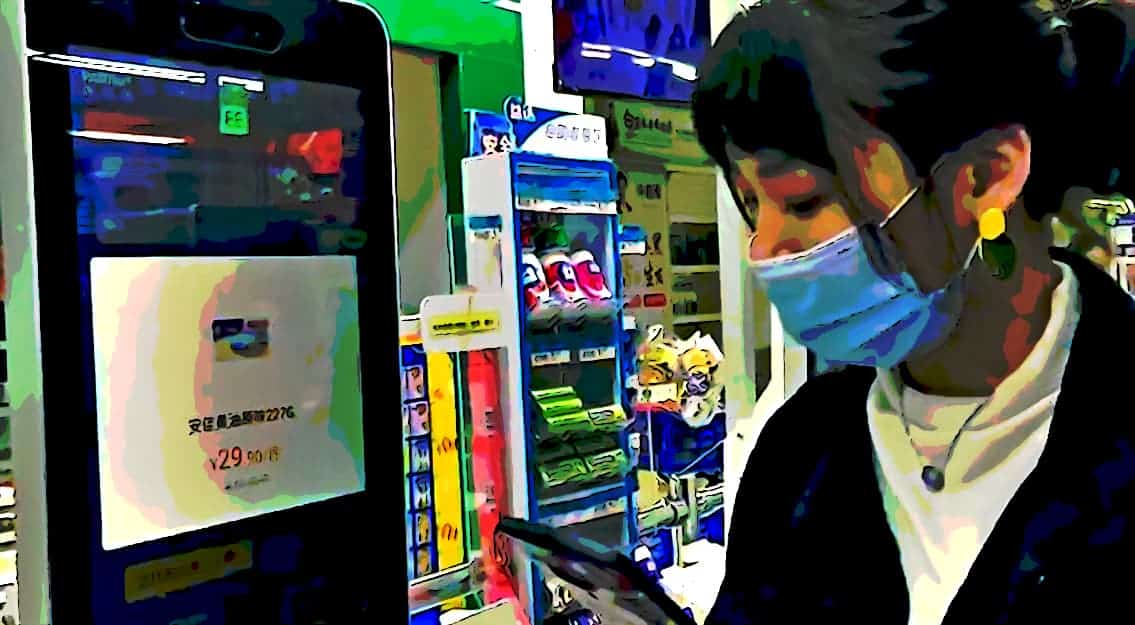China concluded another mass retail test of its new digital yuan this week after distributing 100,000 e-CNY “red packets” worth US$3 million.
The latest test in the tech metropolis of Shenzhen means China — aside from earlier trials involving large banks — has now tested out its new digital yuan on 250,000 shoppers and restaurant-goers in two megacities. Last month, China staged a similar US$1.5 million giveaway in Suzhou, following a smaller test in Shenzhen.
The new digital yuan — now officially known as e-CNY, or digital CNY — is the fruit of China’s ambitious DCEP (Digital Currency, Electronic Payment) project, a Chinese central bank digital currency (CBDC) that many countries, especially China’s rivals, are watching with foreboding and fear. As a result of China’s progress toward a sovereign digital currency, many countries are now in a race to develop their own CBDC as well.
In development for over six years by the People’s Bank of China, the DCEP project is creating a new digital form of China’s money supply. Analysts expect the e-CNY digital currency, once it is officially launched, will greatly expand the RMB’s influence in regional trade as well as eventually, around the world as it challenges the U.S. dollar’s leading position in global commerce.
But for now, China is trying to win wide acceptance of the new digital yuan — and work out the bugs — on its own home soil.
Liurong Wu, one of 100,000 e-CNY lottery winners in Shenzhen, went to the Futian District Walmart this past weekend to spend her 200 digital yuan award, worth about US$30, on the last day of this trial.
“It is convenient,” Wu told Forkast.News, after she bought some groceries with the new digital yuan. But she thought the e-CNY wallet needed more fine-tuning. She said she found the app did not top up — transfer funds automatically from a registered credit card — as other third-party payment apps she was accustomed to using would do.
“If the balance in the e-CNY wallet is not enough, the transaction will fail directly,” Wu said.
The People’s Bank of China, which is spearheading the DCEP project, did not respond to Forkast.News’ request for comment before publishing time.
Wu, the e-CNY user, signed up for the recent Shenzhen lottery on New Year’s Day. A week later, she received a message from the local government informing her that she had won. She was instructed to download the e-CNY wallet app, which has not been officially launched to the public yet.
To register for the lottery, Wu said she was required to provide her personal details, including name, government identification number and phone number.
Wu said she is not worried about use of her personal data when it comes to collecting or using the new e-RMB. She thinks the e-CNY wallet is similar to but probably more private and secure than China’s ubiquitous WeChat pay or Alipay.
“It is just an app that is purely used for payment and transfer without other complex functions, like the implantation of financial products and shopping channels,” Wu said. “After all, it was made by government officials who are less likely to insert spam and fraudulent promotions into the app.”
But as to whether the DCEP project would be successful with mainland users in the real world, after the e-CNY is launched, Wu said she wasn’t sure.
On the one hand, Wu said she would be willing to keep using digital yuan for payments. “It feels like real cash but kept in an electronic device.”
On the other hand, she didn’t see the strength of the e-CNY wallet compared to WeChat Pay or Alipay.
“If it does not have any exceptional advantage superior to them, why would I download another app for pure payment?” she said. “It is just troublesome and redundant.”

